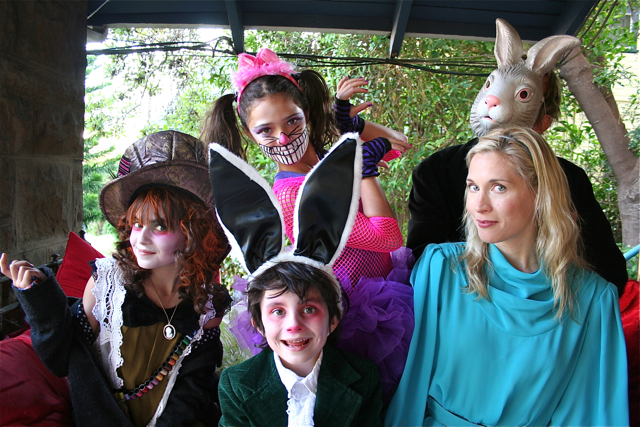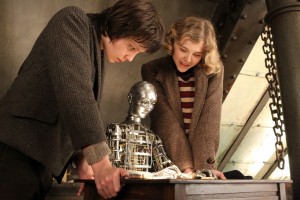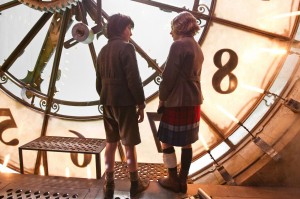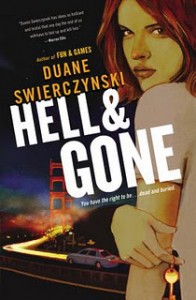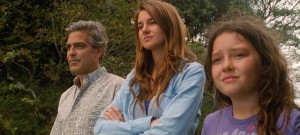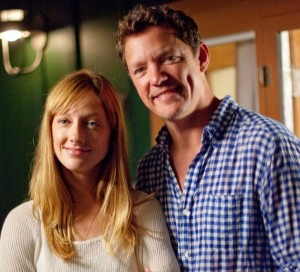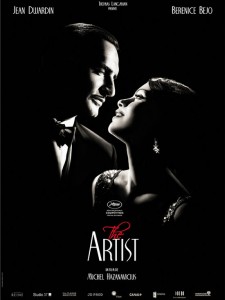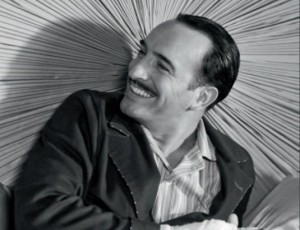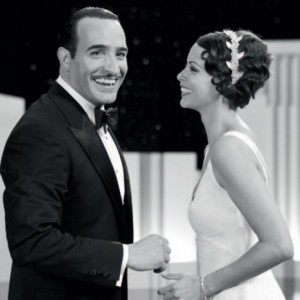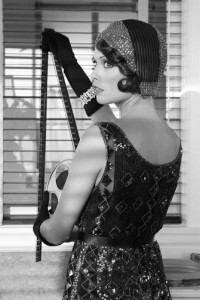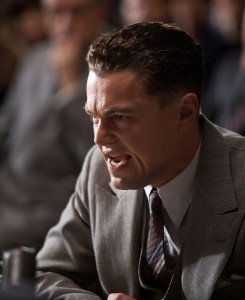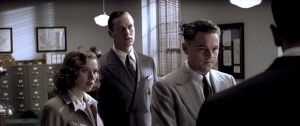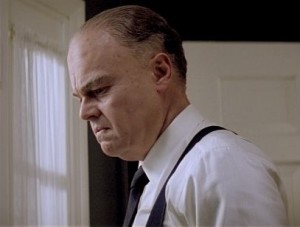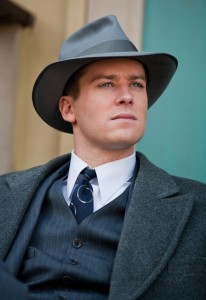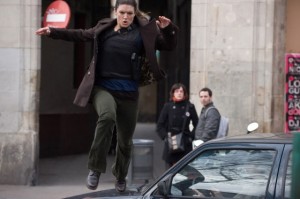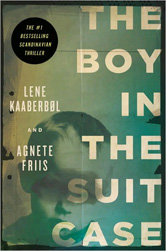There’s much ado about We Bought a Zoo (out Dec. 23) being Cameron’s first movie in six years, and whether or not this skews closer to Almost Famous or Elizabethtown. Being a family movie, it resembles neither, and it doesn’t measure up to his greatest work, either.
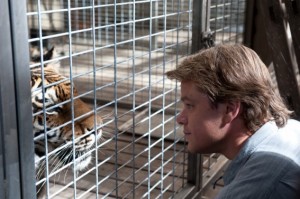 Based on the memoir by journalist Benjamin Mee, the concept is as the title says—Mee (Matt Damon) buys and moves his kids to a property with a zoo attached. Still mourning the death of his wife Katherine from an undisclosed illness (she had a brain tumor in real life), he wants to get away from all their familiar places in the city and believes the zoo would be a fresh start and grand adventure. But his teenage son Dylan (Colin Ford) hates it there, the zoo’s disrepair soon becomes a money drain, and Mee doesn’t know the first thing about taking care of exotic animals.
Based on the memoir by journalist Benjamin Mee, the concept is as the title says—Mee (Matt Damon) buys and moves his kids to a property with a zoo attached. Still mourning the death of his wife Katherine from an undisclosed illness (she had a brain tumor in real life), he wants to get away from all their familiar places in the city and believes the zoo would be a fresh start and grand adventure. But his teenage son Dylan (Colin Ford) hates it there, the zoo’s disrepair soon becomes a money drain, and Mee doesn’t know the first thing about taking care of exotic animals.
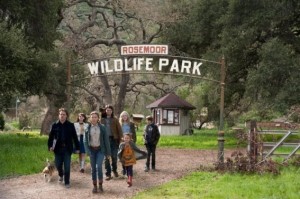 Luckily, the property comes with a staff, including zookeeper Kelly (Scarlett Johansson), groundskeeper MacCready (Angus McFadyen), and Kelly’s thirteen-year-old niece, Lily (Elle Fanning), who’s too young to work but helps out anyway and gets paid in cash. They become an extended family to the Mees (extension of Mees?) as they labor to restore and reopen the zoo.
Luckily, the property comes with a staff, including zookeeper Kelly (Scarlett Johansson), groundskeeper MacCready (Angus McFadyen), and Kelly’s thirteen-year-old niece, Lily (Elle Fanning), who’s too young to work but helps out anyway and gets paid in cash. They become an extended family to the Mees (extension of Mees?) as they labor to restore and reopen the zoo.
Zoo is brimming with heart and good intentions, but where it falters is in not knowing when to hold back. There are scenes that would have been more moving had they not gone on too long, and others that felt manipulative and/or predictable. Seven-year-old Rosie Mee (Maggie Elizabeth Jones) says a bad word at one point, a clichéd and unnecessary gimmick. Hey, want viewers to laugh? Have an old lady or little kid spout profanity! It’s not clear who the intended audience is. It’s rated PG and promoted as a family film, but it’s just over two hours long and, comedic elements aside, it deals with grief, a more dramatic subject than some young viewers might like.
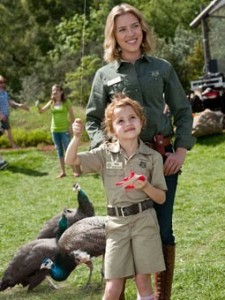 But the movie is not without its winning moments and redeeming qualities. Damon manages to take the saccharine out of some of the more tear-jerking scenes—like Benjamin crying as he looks at photos of his wife—by not overplaying the emotion. The performance could’ve wandered into the land of earnestness and gotten lost, but Damon’s emotional compass keeps Mee going in the right direction. Johansson’s role is underdeveloped but, wearing minimal makeup and old work clothes, she is refreshingly earthy, reminding audiences she can be just as captivating, if not more so, when not playing a sex object or femme fatale. Little Jones, as Mee’s daughter, is impossibly cute but real, not overly precocious like some kids you see only in movies.
But the movie is not without its winning moments and redeeming qualities. Damon manages to take the saccharine out of some of the more tear-jerking scenes—like Benjamin crying as he looks at photos of his wife—by not overplaying the emotion. The performance could’ve wandered into the land of earnestness and gotten lost, but Damon’s emotional compass keeps Mee going in the right direction. Johansson’s role is underdeveloped but, wearing minimal makeup and old work clothes, she is refreshingly earthy, reminding audiences she can be just as captivating, if not more so, when not playing a sex object or femme fatale. Little Jones, as Mee’s daughter, is impossibly cute but real, not overly precocious like some kids you see only in movies.
And you can’t have a Crowe movie without a catchy line of dialogue. While it may not blow up like “Show me the money” or “You complete me,” I’d guess that “All you need is twenty seconds of courage” is what you’ll take away from this.
Nerd verdict: Zoo is entertaining in parts, but I couldn’t completely buy into it
Photos: 20th Century Fox



